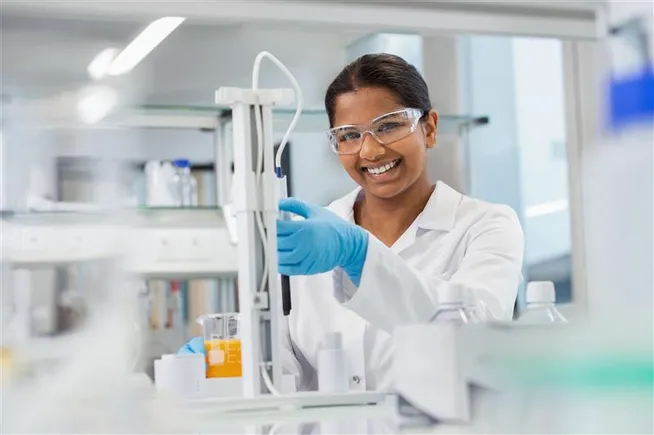In the competitive food and beverage industry, the journey from concept development to market-ready product is far from straightforward, and every decision can have significant financial and reputational impacts.
Food formulation is not just about creating something that tastes good. It is about managing complexity: balancing chemical interactions, controlling environmental variables, and ensuring consistency across millions of units. Even the most promising product concepts can become uncertain without precise data and robust control over these variables. This is where advanced laboratory instruments become invaluable—not as ordinary tools but as drivers of efficiency, innovation, and quality assurance.
The hidden complexities of food formulation
Every food product on a grocery store shelf tells a story of technical precision. Take chocolate, for instance: achieving the perfect snap and glossy finish involves more than just sourcing quality cocoa. The fat content, melting point, and tempering process must be meticulously calibrated to deliver a product that performs consistently from the R&D lab to the manufacturing plant, even under fluctuating temperatures during storage and distribution.
Or consider a plant-based milk alternative. Consumers demand a product that matches the mouth feel and richness of traditional milk yet is stable in both hot coffee and cold beverages. To meet these demands, food technologists must account for factors like pH, viscosity, and emulsification.
These examples highlight a fundamental truth: food formulation is a delicate balance of art and science, where precision and consistency are nonnegotiable. In an industry with tight margins and high consumer expectations, we must embrace every advantage, including advanced analytical tools.
Data-Driven Precision: The Strategic Role of Laboratory Instruments in Food Formulation
Rather than seeing laboratory instruments as a set of disconnected tools, we should view them as enablers of strategic outcomes. At their core, these instruments provide the necessary data to make informed decisions at every stage of the product lifecycle.
- Managing variability in ingredients: Raw ingredients often vary due to seasonal changes, supply chain inconsistencies, or geographic differences. Instruments like titrators, moisture analyzers, pH meters, and thermal analysis systems enable food scientists to adapt formulations quickly, maintaining quality and minimizing production disruptions. This means avoiding costly recalls or reformulations while ensuring the product consistently meets consumer expectations.
- Accelerating innovation: Innovation in the food industry does not happen in isolation. It is an iterative process where new formulations must be tested and refined for sensory appeal, stability, and regulatory compliance. Laboratory tools allow R&D teams to test hypotheses, optimize formulations, and bring products to market faster. This translates to shorter innovation cycles and a competitive edge in responding to trends like plant-based or low-sugar foods.
- Enhancing cost efficiency: Cost control is a critical concern when overseeing operations. Precision instruments help reduce the overuse of expensive ingredients, optimize processing conditions, and minimize waste. For example, measuring sugar content through refractive index tools ensures products have the right level of sweetness, avoiding unnecessary ingredient costs. Similarly, controlling moisture levels in potato chips ensures they have the correct texture without risking spoilage.
- Meeting regulatory and consumer standards: Food safety and compliance are nonnegotiable. Laboratory instruments provide the detailed insights you need to meet strict regulations, from monitoring pH in acidified foods to ensuring salt levels comply with sodium reduction initiatives. This reduces the risk of noncompliance penalties while also protecting consumer trust.
From tools to transformation
While the tools themselves are critical, their true value lies in the outcomes they enable. Laboratory instruments empower teams to:
Ensure consistency: Consumers expect every can of soup, bottle of soda, or bag of chips to taste and feel the same, regardless of when or where it was made. Precise measurements ensure uniformity, protecting both brand reputation and customer loyalty.
Promote sustainability: As sustainability becomes a business priority, precision tools allow manufacturers to optimize resources, reduce waste, and meet sustainability goals without compromising quality.
Adapt to trends: Whether it is developing gluten-free, plant-based, or low-calorie alternatives, laboratory instruments provide the data to innovate in response to rapidly evolving consumer preferences.
Conclusion
Food formulation is a discipline that relies on both creativity and science, and laboratory instruments serve as the bridge between the two. These tools are strategic investments that ensure consistency, enable innovation, and drive long-term value.
In an era defined by rapid change, successful companies embrace precision, harness data, and view their laboratory tools as partners in growth.







